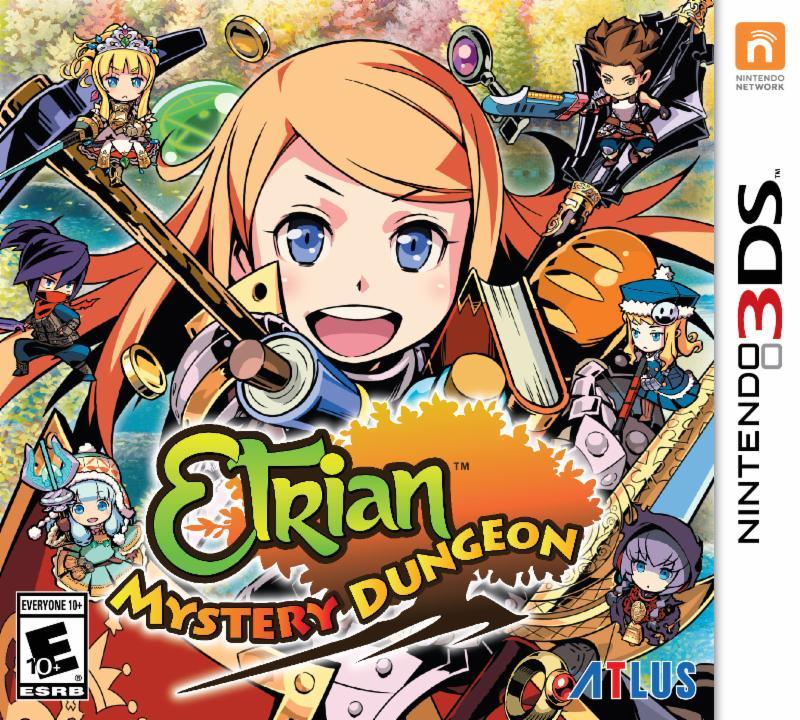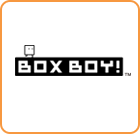Info
- Genre: Dungeon Crawler RPG
- Platform: Nintendo 3DS
Progress
- Roughly first 4 dungeons
- Majority of side quests within that period
Similar Titles
Etrian Mystery Dungeon is a spin off of the often challenging Etrian Odyssey RPG series. Rather than being a first-person turn-based dungeon crawler, it’s now a top-down action-based crawler, typical of other Mystery Dungeon titles. End of the day this has been an entertaining title to play, and I’d easily recommend it to both fans of the Etrian series, and fans of dungeon crawlers in general.
What I Like
This may sound weird, but it’s an extreme positive to me that this still feels like an Etrian title. The game is appropriately challenging, without feeling unfair. There’s an abundance of player classes, each feeling unique to play, giving your team a lot of flexibility to different play styles. Even the core gameplay loop of going back and forth between dungeon crawling and a core town experience feels very familiar to the series. End of the day this is very distinctly still an Etrian title, rather than simply having the name slapped on.
I’m also a fan of the different penalty schemes in play here. Dying or escaping while simply grinding out effectively carries no penalty, which is nice for when just grinding out exp or doing side quests. However, if the party wipes while fighting a boss, you have to send in a secondary rescue party to get them out of the dungeon and back to safety. It adds a nice inherent difficulty spike to what should be the ultimate goal of a floor of the dungeon.
What I Don’t Like
Like the Etrian mainline series, there’s a set of enemies within each dungeon section whose main purpose is to basically be an impenetrable wall of doom that you can only run away from while at appropriate level for the rest of the dungeons. I get why they left this in per the rest of the series, but it’s always felt sort of unnecessary in the greater scheme of things.
Also, while this may be a minor nitpick, I really miss the Etrian Odyssey feature of recording the dungeon maps as you play. While this is to some extent in place for this title, progress is wiped out after leaving a floor due to the inherent random nature of the title. Though understandable, it’s an unfortunate lost feature.


